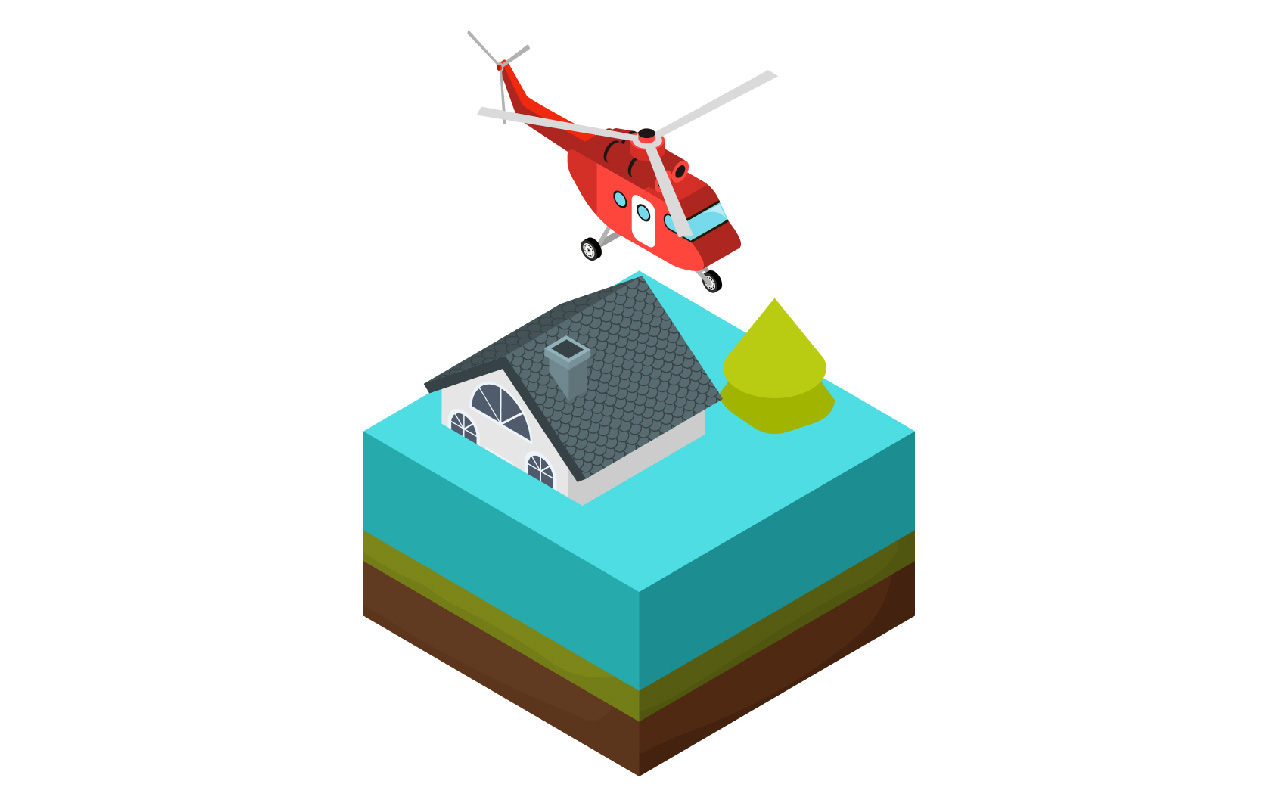



The long-term objective of PRINTFLOODS is to contribute to building resilience to coastal compound flood hazards bridging the gap between state-of-the-art climate services and policy-making for climate adaptation. The verification and enhancements of existing services will be tailored to support and design some adaptation solutions, including early warning systems, anticipatory humanitarian actions and index-based insurance plans.
The specific objectives of the project are:
- To assess the accuracy and skill of current state-of-the-art forecasts and historical simulations of flooding in global coastal areas, using a multi-source reference dataset including satellite observations, local impact data and reports, and global datasets of river flows and sea levels.
- To enhance the predictability of compound flooding with Machine Learning (ML) techniques in present conditions and produce ML-enhanced future scenarios and maps, showing the areas at highest risk for current and future coastal flooding globally.
- To demonstrate the value of the ML-enhanced forecasts for anticipatory humanitarian action aimed at reaching the most vulnerable population with relief assistance.
- To demonstrate the value of the ML-enhanced projections for flood-related index-based insurance aimed at supporting the resilience of smallholder farmers and reducing flood impacts in vulnerable livelihoods.
WP1: Evaluation of state-of-the-art flood services
WP1 aims to assess the performance and skill of existing forecasts and historical simulations of flooding in global coastal areas, by comparing different flood model data with multi-source reference observations.
WP2: AI enhancements of state-of-the-art flood services
WP2 aims to enhance the skill of existing models using Machine Learning (ML) techniques, by post-processing model outputs to extend the predictability of compound flooding in present conditions and producing ML-enhanced future scenarios of flood risk.
WP3: Tailoring forecasts for anticipatory humanitarian action
WP3 aims to drive action-relevant assessments of forecast skill and value, as well as ML-based enhancements, in order to best support anticipatory humanitarian actions in coastal areas. For this, we will engage with the humanitarian stakeholders interested in forecast-based actions, particularly for the Mozambique case study.
WP4: Tailoring simulations and projections for index-based insurance
WP4 aims to optimize the use of flood simulations and projections for the design of index-based insurance schemes, to support the resilience of farmers and reduce the impacts of floods in coastal livelihoods. For this, the focus will be on the insurance users’ needs to drive ML-based enhancements and assess the value of flood risk projections.
WP5: Participatory approaches with stakeholders and partners
WP5 aims to ensure the engagement with the key stakeholders and users of climate information and flood services in coastal areas, with particular focus on the humanitarian and insurance applications. For this, we will conduct surveys and interviews with stakeholders to understand their main challenges and wishes and to co-design project outputs for the selected case studies.
WP6: Dissemination & outreach
WP6 aims to develop a communication plan to contribute to the efficient implementation of the project, ensuring accurate and timely dissemination of results and outputs (publications, conference proceedings, webinars) to the identified target groups, stakeholders, and the public. This WP includes tasks such as developing and maintaining the website, organizing webinars, and arranging an in-person workshop.
